In this post, we will see the different types of HVAC applications.
HVAC stands for Heating, Ventilation, and Air Conditioning. It is a type of automation system which is used for handling air quality and thermal comfort given to the human environment for survival.
HVAC is based on thermodynamics, fluid mechanics, and heat transfer. Just like different types of automation systems, HVAC is one type of automation system.
HVAC Applications
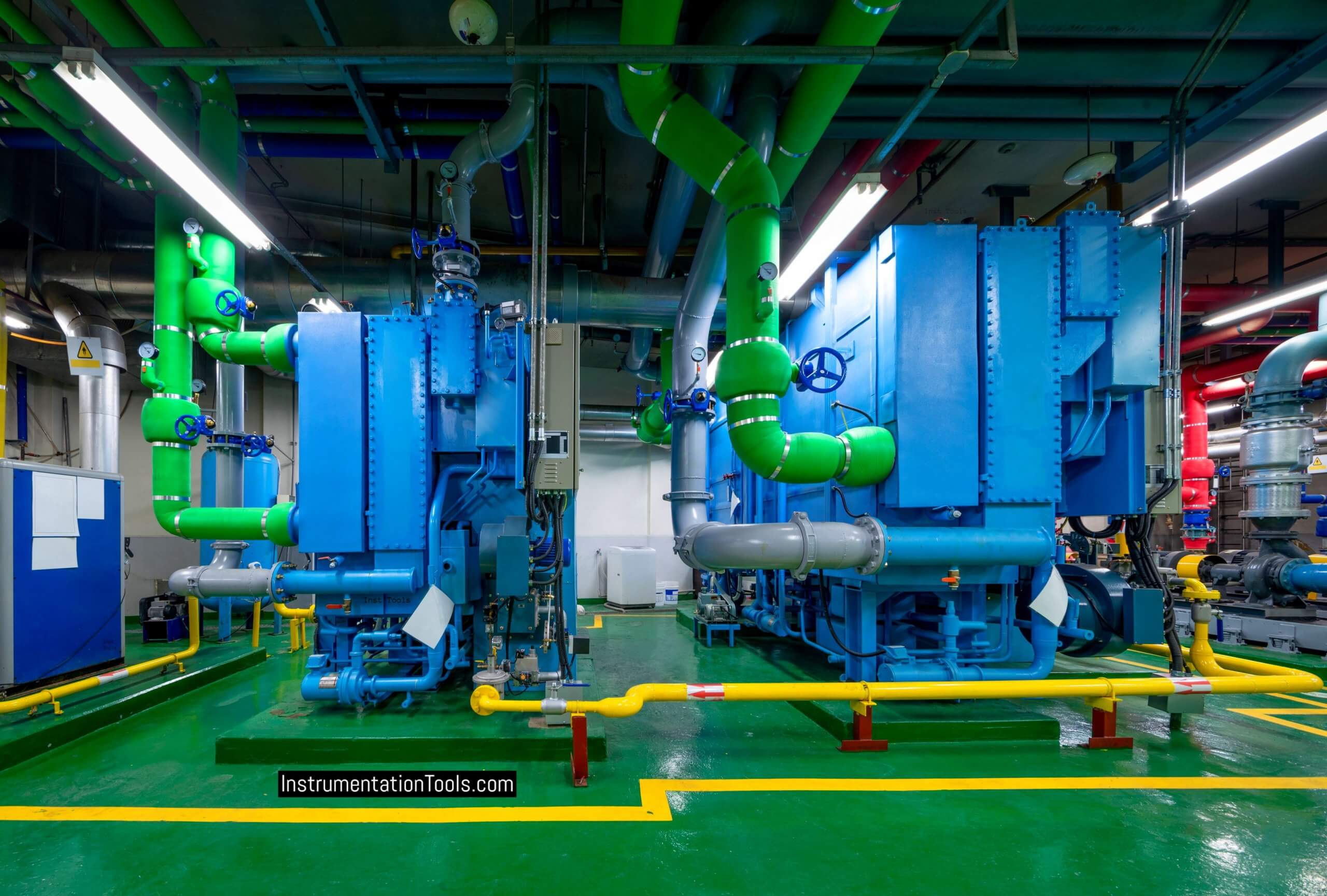
HVAC is one of the most important parts required when setting a high-rise building, commercial complex, industrial unit, hospital, parking unit, hotels, etc. where air quality and thermal parameters need to be maintained so that the personnel around can live properly.
Traditional HVAC systems worked without PLCs; but nowadays, almost all of them have PLCs installed for better and accurate control.
Basically, there are numerous number of HVAC applications that are used worldwide. We will see some of the most commonly used ones.
Air Handling Unit (AHU)
AHU stands for Air Handling Unit. It is one of the most commonly used applications of HVAC. It works on refrigeration logic.
AHU is used for providing cool air to the indoor environment. Basically, it takes a higher temperature air as input and converts it to a lower temperature air through a heat transfer mechanism.
Compressor or chilled water supply is used as a cooling medium for heat exchange. AHU’s also control humidity apart from temperature.
High humidity can lead to excessive sweating and low humidity can lead to dry skin. So, humidity also needs to be maintained alongside a proper working environment.
Chillers
Chillers are the same as AHU in working principle. The main difference is that it is used to cool water instead of air.
Chillers are mostly used in large commercial or industrial complexes to provide low-temperature water for their various applications.
A compressor is used as a cooling medium for heat exchange. As water is of larger density and volume as compared to air, the components used are larger in size as compared to the ones used in AHU.
Ventilation
Ventilation is an application of exhausting bad air out of the working environment. The bad components can be moisture, smoke, heat, dust, carbon dioxide, or airborne bacteria and viruses.
It uses various mechanisms to remove exhaust air from the working environment. The fans used are of big size as compared to traditional ones with accurately designed vents for proper removal of bad air into the outer environment.
A simple example is an exhaust fan used in your bathroom or toilet, which is used to remove bad odor from inside into the outer air.
Heat Pumps
For environments where both heating and cooling are required, heat pumps are used.
During heating requirement, they move heat from the cool outdoors into the warm environment; and during cooling requirement, they move heat from your cool requirement into the warm outdoors.
This technology of moving heat rather than generating heat makes it very efficient for use and is also cost-savvy.
Generally, there are three types of heat pumps –
- air to air,
- water source, and
- geothermal (ground).
They just collect heat from the mentioned types of sources outside your environment and concentrate it inside for use.
Heat pumps are a very advanced type of component used in HVAC.
Humidifiers and Dehumidifiers
As the name suggests, humidifiers are used to make an environment more humid and dehumidifiers are used to make an environment less humid.
Humidifiers are used in dry air climates, to inject moisture into the air. Humidity control is also an important factor in an HVAC application.
Basically, these are some of the common applications used in HVAC. These components mostly work in a package as they cannot function alone. They work in links to work for a better air environment.
If you look into the basic components used in HVAC, they are – air filter, supply fan, exhaust fan, supply and return ducts, heating and cooling units, condensing units, boilers, etc.
Applications work depending on the requirement and automation makes great use in it as accurate control of analog parameters can be achieved through them.
If you liked this article, then please subscribe to our YouTube Channel for Instrumentation, Electrical, PLC, and SCADA video tutorials.
You can also follow us on Facebook and Twitter to receive daily updates.
Read Next:
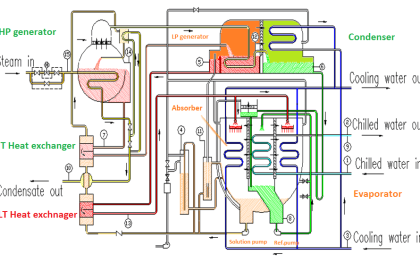

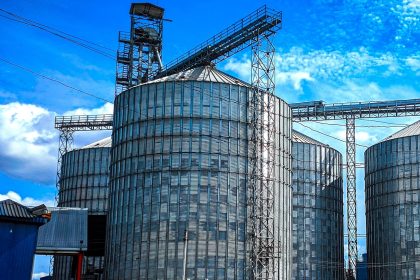




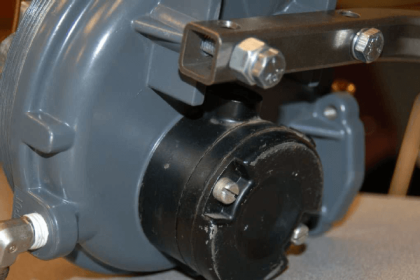
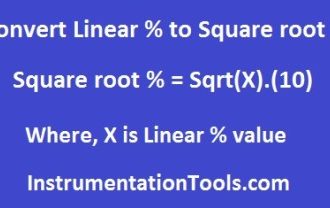
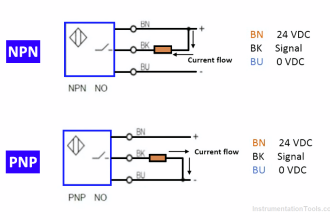
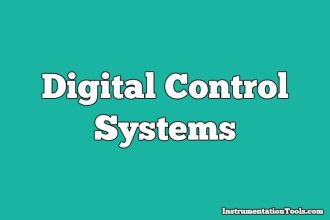



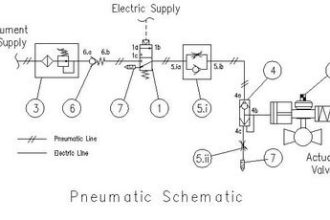


Thanks HVAC Team and Organisations